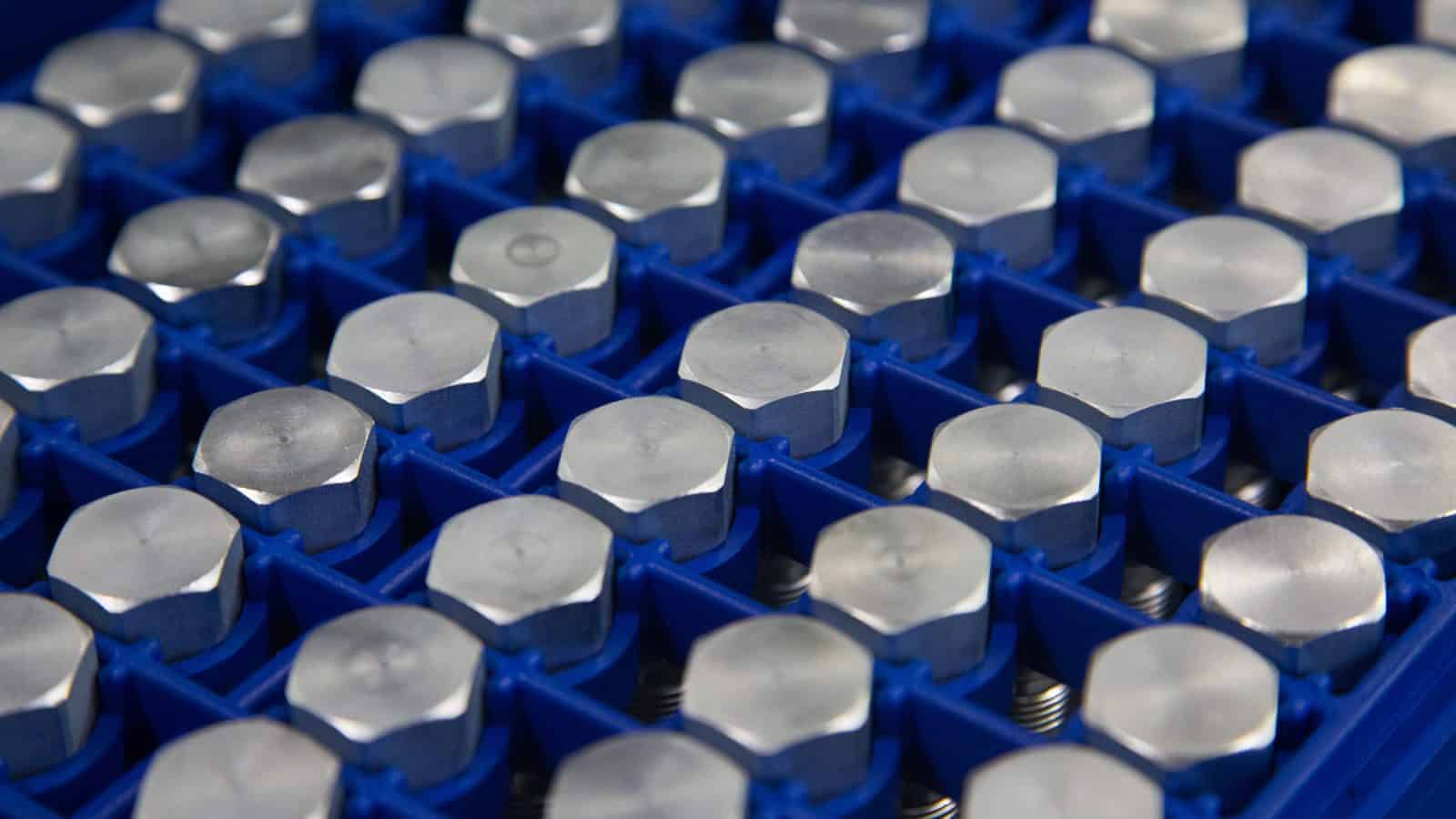Philadelphia Manufacturers Are Optimistic About Future Growth
In October, Philadelphia’s regional manufacturing activity declined following growth in September. Falling from 23.2 to -12.8, the index for current general business activity recorded its largest decline since April. This month, 25.2% of firms reported decreases in activity, while just 12.4% of firms noted increases. The index for new orders improved, rising from 12.4 to 18.2, while the index for shipments fell from 26.1 to 6.0. Meanwhile, the employment index ticked down 1 point to 4.6 as the average employee workweek decreased 2.1 points to 12.8.
The indexes for prices paid and prices received both increased, rising from 46.8 to 49.2 and from 18.8 to 26.8, respectively, suggesting prices rose at a faster pace in October. As has been the case for many months, the prices received index remained lower than the prices paid index, indicating that manufacturers have been absorbing a portion of higher costs paid.
Looking ahead, indicators showing expectations for future growth have continued to improve from previous months. After moving up 6.5 points in September, expectations for future business activity rose 4.7 to 36.2 in October. The growth came from a drop in the proportion of firms expecting a decrease in activity (11.2%). On the other hand, a smaller share of firms (47.4%) also expect increases in activity compared to last month’s reading of 52.2%. The future new orders index stepped up from 42.4 to 49.8, and the future shipments index jumped from 31.0 to 48.4. The capital expenditures index rose from 12.5 to 25.2. When asked about 2026, 35.5% of firms expect higher capital expenditures, a notable boost, but that increase was concentrated in noncomputer equipment expenditures. The future prices paid and prices received indexes dropped from 69.8 to 59.8 and from 64.8 to 45.7, respectively. Additionally, the index for future employment stepped down from 23.7 to 21.4.
